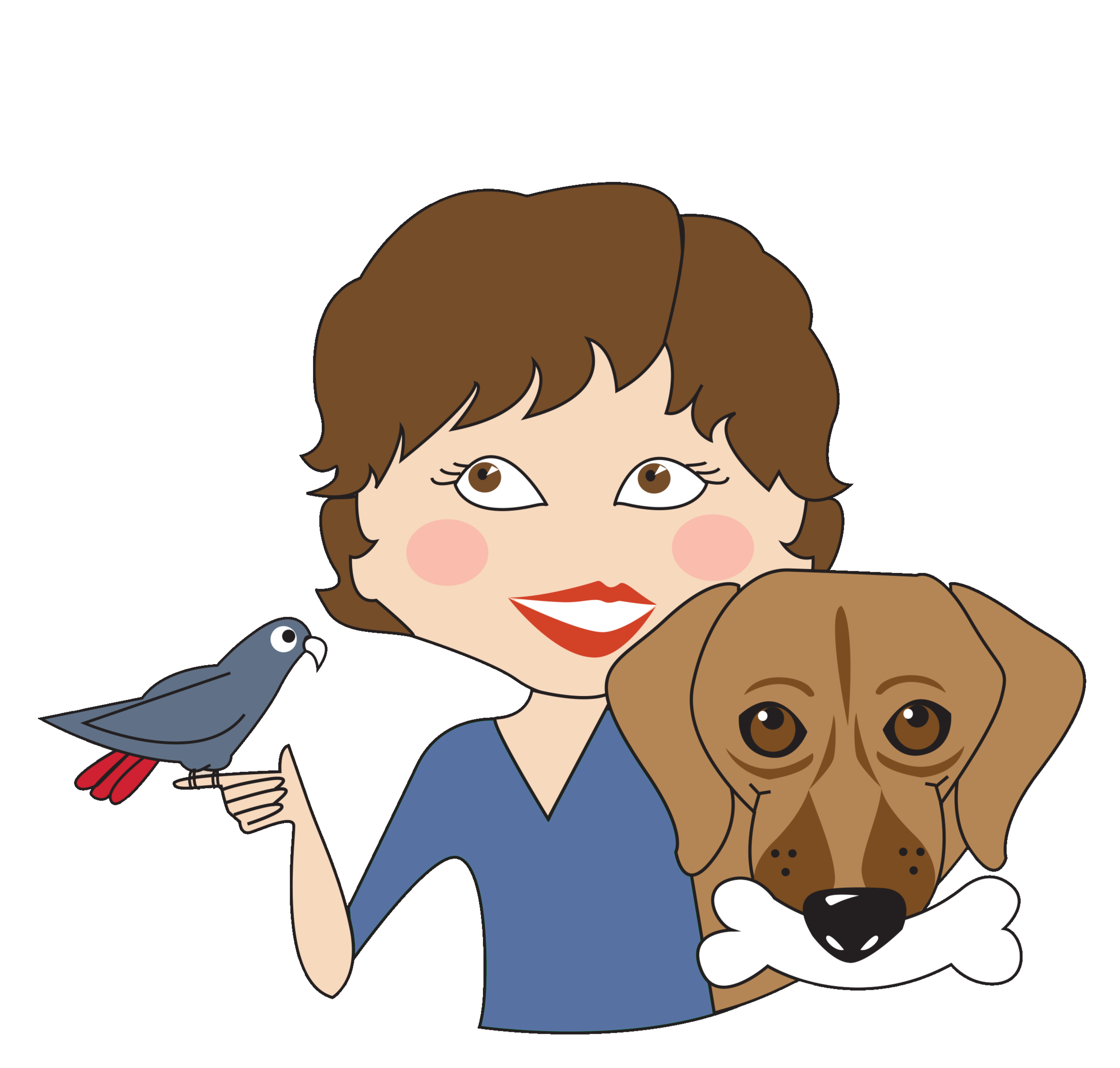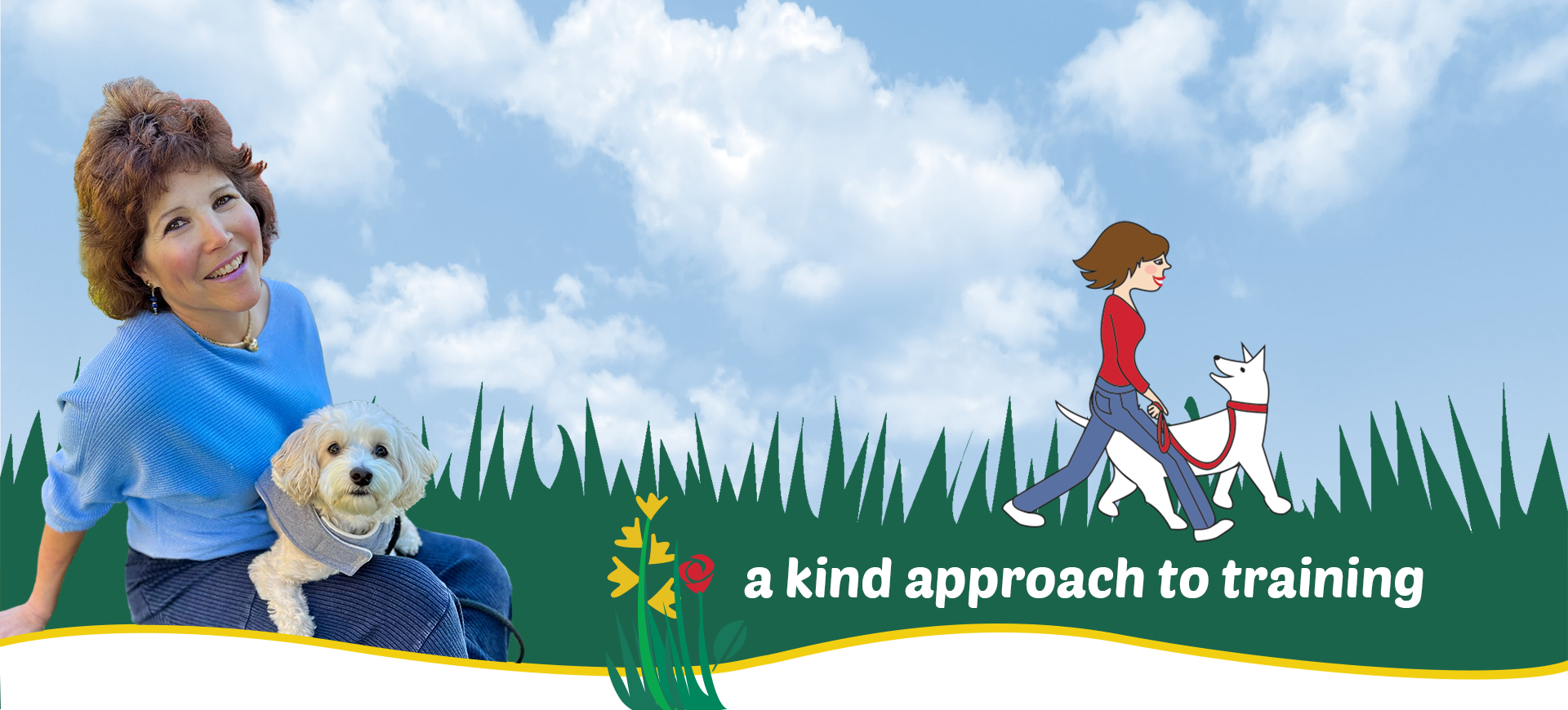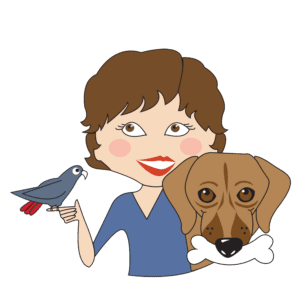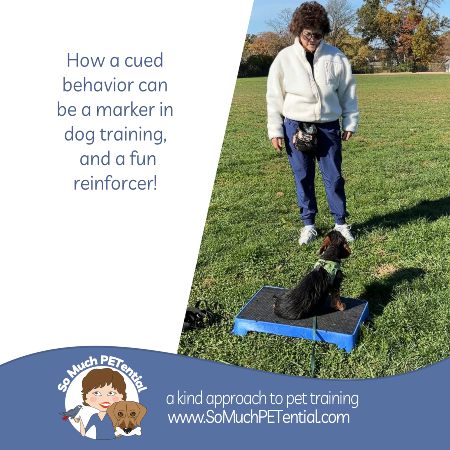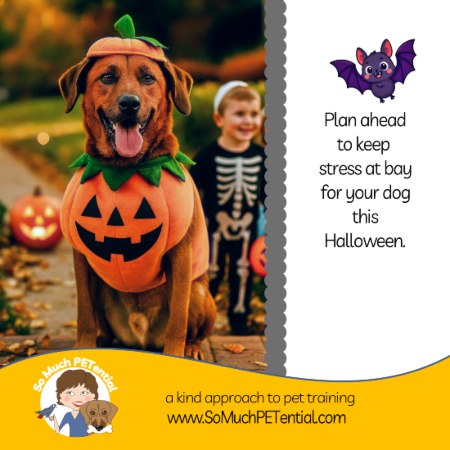Why use good management when introducing your puppy to your dog? I am glad you asked! That can very well set the stage for your dogs’ future relationship. Let’s delve into this…with the story of my clients and their aussiedoodle dogs – Archie and Auggie.
There are a lot of videos out there of well-intentioned people creating those introductions between a new puppy and dog with very little management, very little attention to how the dog and puppy are feeling (often because those people do not know what they are looking for), and much  too much direct contact.
too much direct contact.
And I hear from so many people who report something like one of these scenarios – their furry kids are figuring out how to get along, their first dog tries to escape when the new kid keeps pestering him and trying to take away valued toys (creating resource guarding issues), their puppy cowers or gets too pumped up around the other dog. Worse, there is a lot of conflict that is heightening into aggression.
Forcing the introduction between your new puppy and your dog, allowing too much early unsupervised time together and leaving it to the kiddo and the adult dog to work it out is just a recipe for potential behavior issues down the road.
There are many reasons why adult dogs would much prefer their home the way it used to be. Among them:
Puppies play naughty. They like to tumble and pull and wrestle, and they have not yet learned how to control their body or often their bite pressure. They also have not mastered their education on dog communication and social etiquette. Curious puppies want whatever it is that has piqued their interest and serves to get their needs met. They can be downright invasive, pushy, bitey thieves and pests.
It becomes even more complicated when:
Your adult dog is older, not so active and dealing with heightened sensitivities and pain.
Your dog is socially awkward, displaying too big of interactions or shutting down, around puppies.
Your adult dog has big feelings about other dogs, people, and the environment, and a tendency to guard and show more aggressive behaviors.
Your adult dog is smaller than your puppy.
Dog Meet Puppy – a few basic tips for dog and puppy introductions
When it comes to setting the relationship between your two pets up for success, do not rush the process. You will have years of sharing ahead, putting the time and effort into managing those early days and months will pay off in the long term (as you will see through Auggie and Archie).
Before bringing your puppy home, spend time learning about dog body language. That will be so important as it will allow you to know what to watch for, and when to redirect. Here is a link to a page where I have videos to watch. An excellent, easy-to-read book is Doggie Language by Lili Chin.
Ideally, introduce your dog and puppy on neutral territory. That can be just meeting with loose leashes on a corner at the end of your street or in a field. Avoid tension on the leashes, tugging or pinching. With soft body muscles, they can sniff each other but focus on neither one applying social pressure to the other. Walking together can help to take pressure off.
At home, better to assume there could be some potential resource guarding and have valued things out of reach when your pets are together. That can include food bowls, toys, bones.
Give your dog and puppy safe spaces and limit their interactions initially. By using gates and crates to manage their direct access to each other, the social pressure is off, and they can learn to be in each other’s presence safely, comfortably. So many families do not do this or may do this for a very limited time only, or not enough time during the day. I encourage you to not rush this. Watch for calm body language and the ability to focus on other things rather than each other. It is absolutely ok if this phase lasts months instead of days. Remember, you are building a foundation that will greatly strengthen your chance for success later in life.
Anytime your puppy and your adult dog are together, it should always be with active adult supervision. Practice redirecting your puppy (or dog) when you are seeing discomfort from one (many puppies need to learn how to recognize dog body communication – yours may need some help from you in a positive way).
Do not forget to watch for and catch behaviors you like and reinforce your pets! Look for what they are doing ‘right’. That includes the choice of disengaging – when one dog chooses to move away if the other dog is saying, ‘not now.’
Start early teaching skills that will make life a lot less stressful managing a multi-dog household. Recall, go to a place, sitting and laying down, waiting, and relaxing in a crate are a few of the important skills.
Definitely get the help of a positive trainer if you are running into challenges, even just to help you navigate this important developmental period for your puppy.
Aussiedoodles Auggie and Archie: The Early Months
I first met Auggie with her human parents, Aimee and Jim reached out. At less than four months old, Auggie was already showing a more than normal fear response to unfamiliar people. She barked at and wanted distance quickly when someone outside her inner circle approached. Aimee and Jim were incredible to work with. They listened, they learned, they managed, they very carefully worked with me to open her world. I will always remember that first day when she showed no fear of me, kept loose when I took the leash from Jim and walked with me, tail wagging, up and down a parking lot. (Jim captured it in this video.)
She is still a sensitive girl but these days she has so many friends – human and dogs. She is enjoying an incredible life and has one of the most beautiful dog social skills I have seen, putting shy dogs at ease, self-handicapping for small dogs, and romping with the best of them when it comes to playful large dogs.
So, when I got the call that they wanted to add to their family but were worried, I had no doubt Aimee and Jim would make it work. And they sure did!
Auggie first met her new sibling when she traveled with Aimee and Jim to meet Archie at the breeder. They met with Auggie on a loose leash. Just as I anticipated knowing Auggie, she behaved beautifully…stayed loose, allowed little Archie to be curious, and laid down near him. It was the start of what has evolved into a wonderful relationship between the two of them.
Here is what Jim and Aimee did once they got home, that so many other families do not do. For an entire couple of months, Archie and Auggie were separated by an x-pen or gate except for brief totally supervised time together either spent playing or just hanging out. After those brief play times, they were each given a decompression food activity and separated again. Archie was only let out of the x-pen when Jim or Aimee decided to get him out, not when he whined, barked or jumped on the sides. Jim or Aimee practiced tugging and playing with Archie and Auggie separately on the other side of the gate. Puppy and adult dog were also fed separately, to avoid potential resource guarding issues to be practiced. This allowed Archie and Auggie to get comfortable with and feel safe around each other and learn how to practice calmer behaviors around each other.
Over time, as the dogs’ behaviors showed their comfort with each other, their ability to decompress and communicate with each other clearly, their time together got longer and longer.
It was about two to three months later that Jim and Aimee realized they would be safe taking the x-pen out of the equation. Today, the dogs are the greatest of buddies. They both have wonderful dog social skills and are well trained. Their days are full, as they enjoy local and out-of-town outings, many playdates with other dogs, walks around the neighborhood and area parks, and just hanging out at home.
Jim will tell you that those first few months of tight management was SO worth it because the product of that relatively brief time is having two adult dogs that complement each other beautifully and are a pleasure to be around.
This video tells some of their story.


